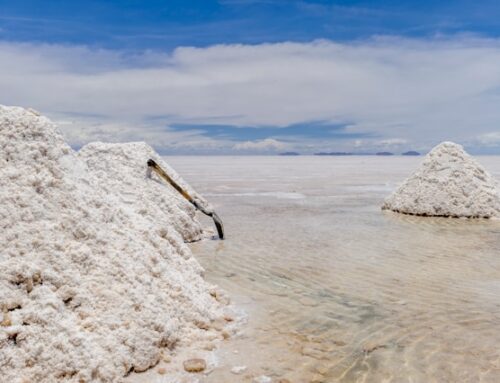The Federal Reserve, America’s central bank, is crucial in steering the economy. One of its primary tools for achieving this is managing its balance sheet, a record of its assets and liabilities. Understanding the Federal Reserve’s balance sheet and a key policy tool, quantitative easing (QE), is essential for anyone interested in the health of the financial system and the broader economy.
Demystifying the Fed’s Balance Sheet: Assets and Liabilities
Like any other organization, the Federal Reserve has a balance sheet that tracks its financial position. On the asset side, we find holdings like:
- U.S. Treasury securities: These are essentially government IOUs, representing loans made by the Fed to the U.S. Treasury.
- Mortgage-backed securities (MBS) are financial instruments that pool together mortgages from various lenders. By purchasing MBS, the Fed aims to influence mortgage rates and stimulate the housing market.
- Other assets: These can include reserves held by banks at the Fed, foreign currencies, and other miscellaneous holdings.
On the liability side, the Fed’s main obligations include:
- Reserve balances: These are the deposits banks hold at the Fed, used for settling payments and managing their liquidity.
- Currency in circulation: This represents the physical and digital U.S. dollars used in the economy.
- Capital accounts: These represent the Fed’s net worth, accumulated through retained earnings from its operations.
The total value of the Fed’s assets must always equal the total value of its liabilities and capital.
Quantitative Easing (QE): Expanding the Balance Sheet to Stimulate the Economy
During economic downturns, the Fed can employ a strategy called quantitative easing (QE) to boost economic activity. Here’s how it works:
- The Fed purchases financial assets: Primarily U.S. Treasuries and MBS, the Fed injects new money into the financial system.
- Increased bank reserves: As the Fed buys assets from banks, their reserve balances at the Fed increase. This provides banks with more liquidity, allowing them to lend more readily.
- Lower interest rates: With a greater supply of reserves, banks are more likely to compete by lowering interest rates on loans. This encourages borrowing and investment, which can stimulate economic growth.
- Higher asset prices: The Fed’s demand for assets like Treasuries and MBS can drive up their prices and lower their yields. This makes it cheaper for the government and businesses to borrow, further stimulating the economy.
Impact of QE: QE can be a powerful tool for boosting the economy, but it’s not without potential drawbacks:
- Inflation: By increasing the money supply, QE can lead to inflation if not managed carefully.
- Asset bubbles: QE can inflate asset prices, potentially creating bubbles that can burst later, causing financial instability.
- Inequality: Some argue that QE benefits wealthier individuals and institutions who own financial assets more than lower-income groups.
The Fed’s Recent Actions: From QE to Quantitative Tightening (QT)
Following the 2008 financial crisis and the COVID-19 pandemic, the Fed engaged in extensive QE programs to support the economy. This significantly expanded its balance sheet, reaching nearly $9 trillion at its peak in early 2022.
However, as the economy recovered, the Fed began to shift its stance. In June 2022, it initiated quantitative tightening (QT) by allowing some of its maturing Treasury securities and MBS to roll off its balance sheet without reinvesting the proceeds. This allows the money supply to contract gradually, potentially helping to curb inflation.
The Fed’s balance sheet is expected to shrink over time, but the pace and extent of QT remain uncertain. The Federal Open Market Committee (FOMC), the Fed’s policymaking body, will continue to assess economic conditions and adjust its strategy as needed.
Understanding the Implications: Beyond the Numbers
The Federal Reserve’s balance sheet is a dynamic document that reflects the central bank’s ongoing efforts to maintain a healthy and stable financial system. Quantitative easing is a powerful tool, but it’s crucial to weigh its potential benefits against potential risks. As the Fed navigates the current economic climate, it will be essential to monitor the impact of its balance sheet policies on inflation, financial markets, and overall economic growth.


